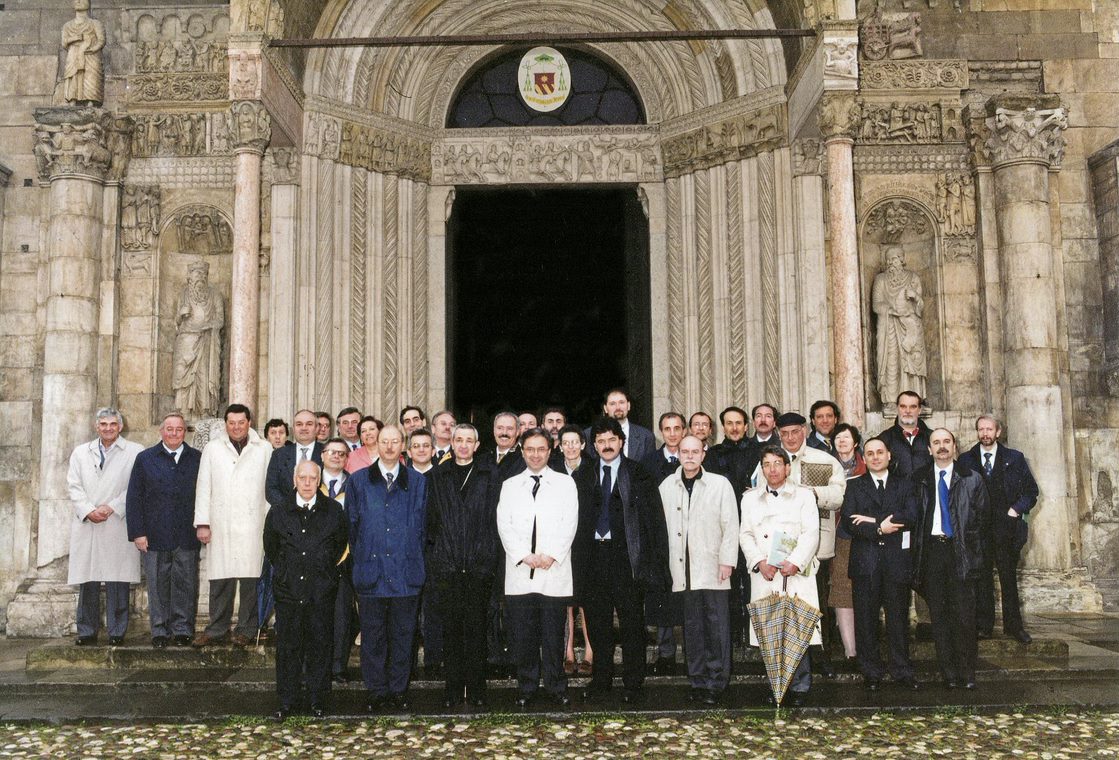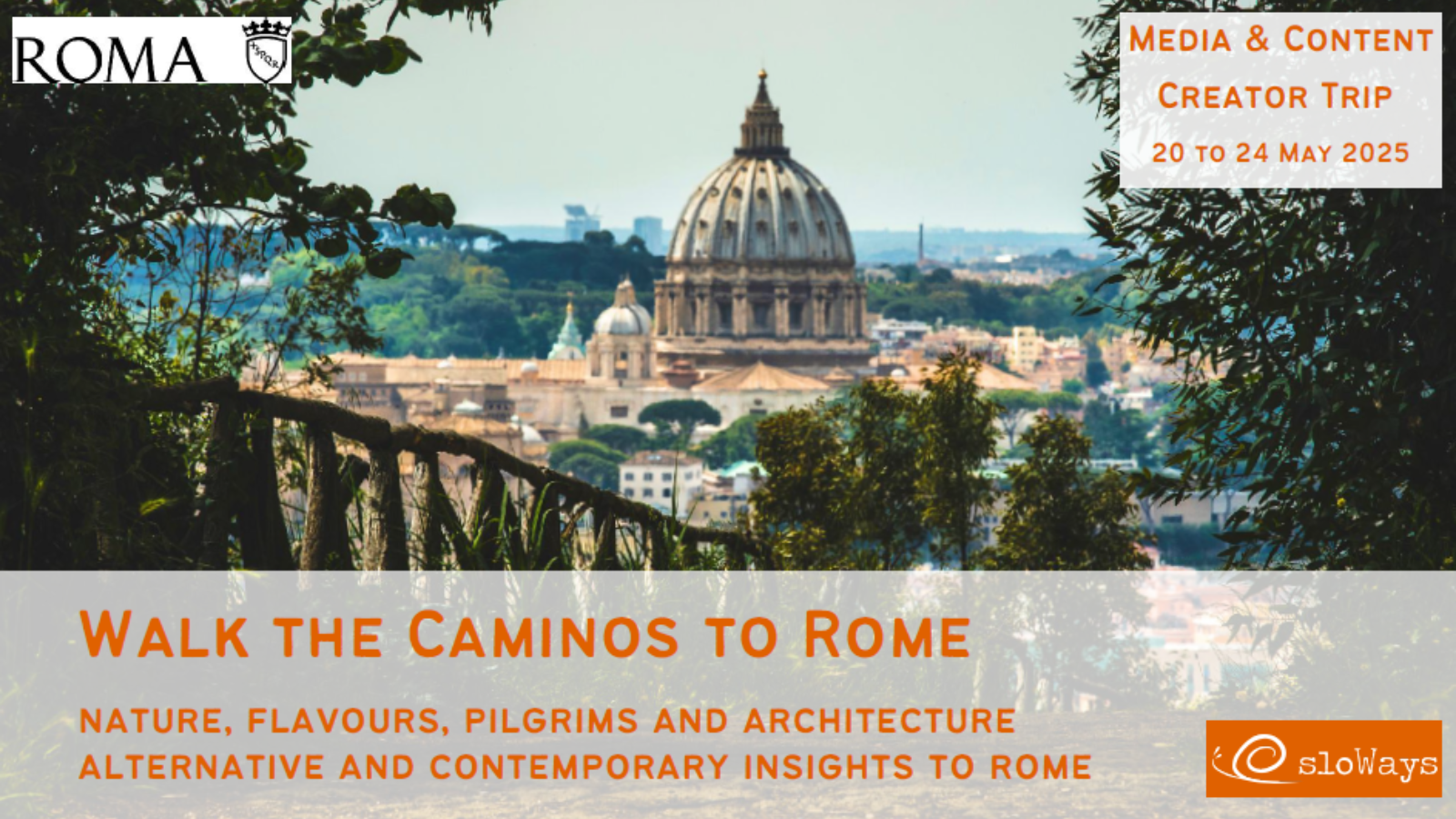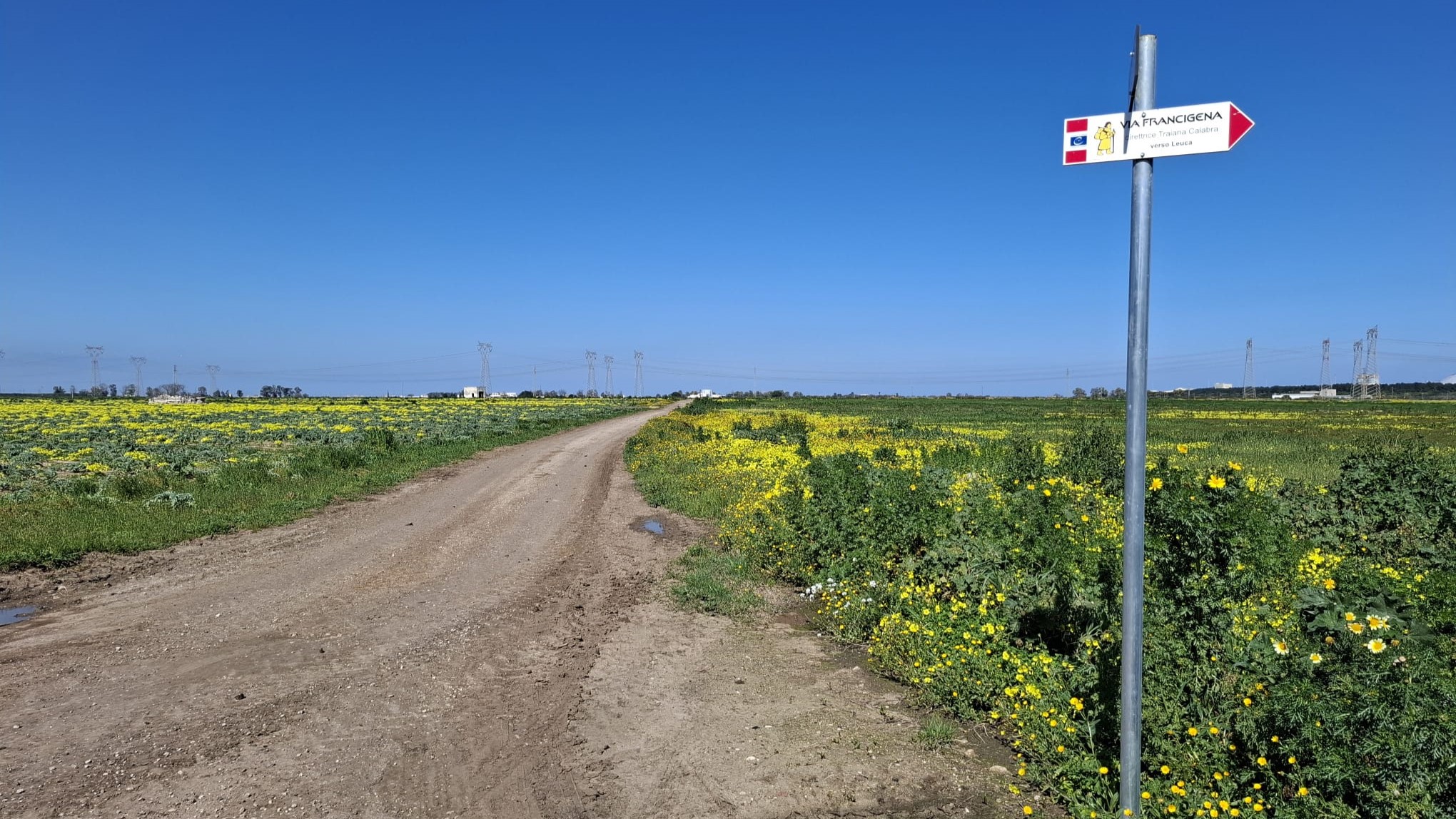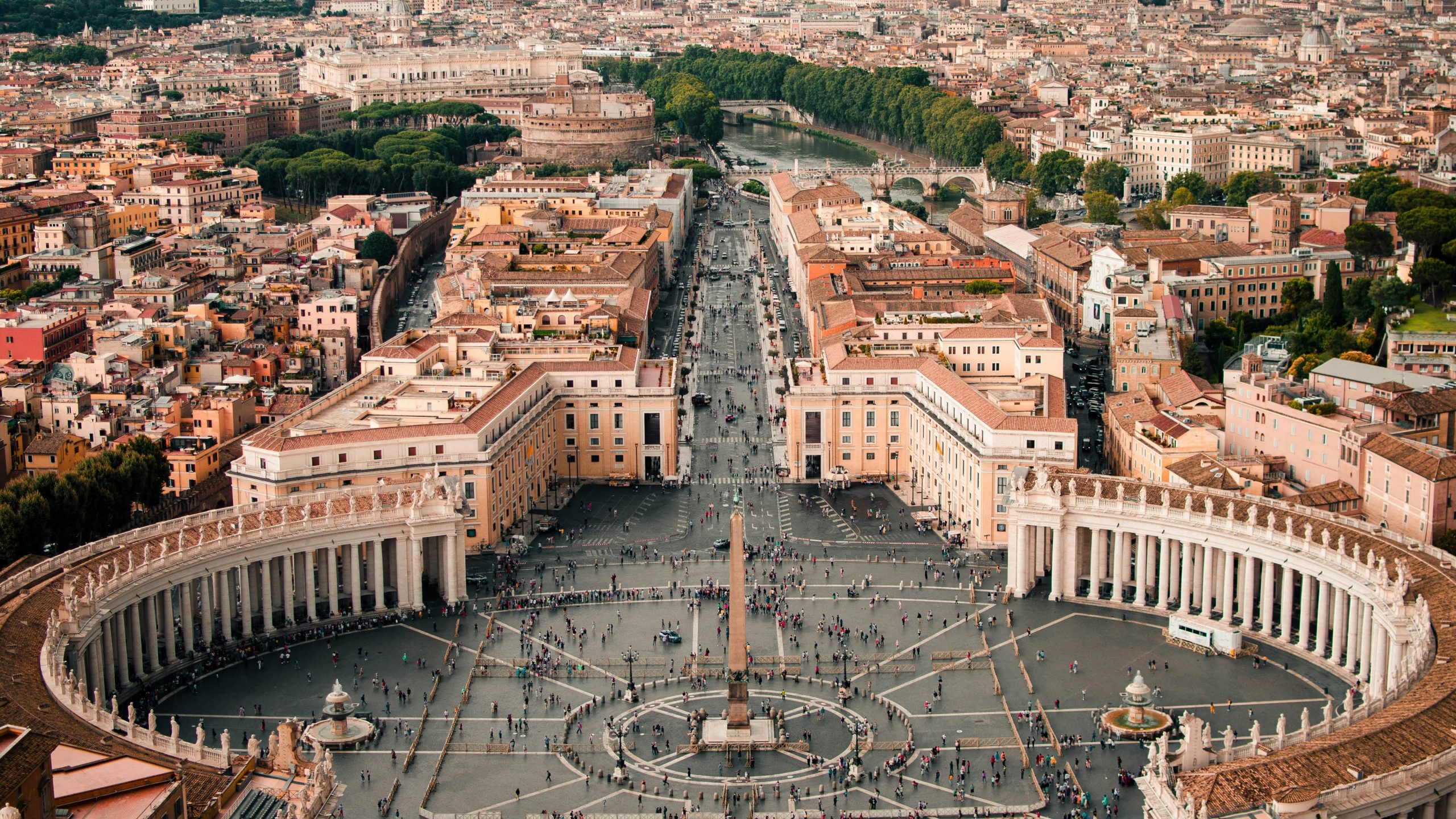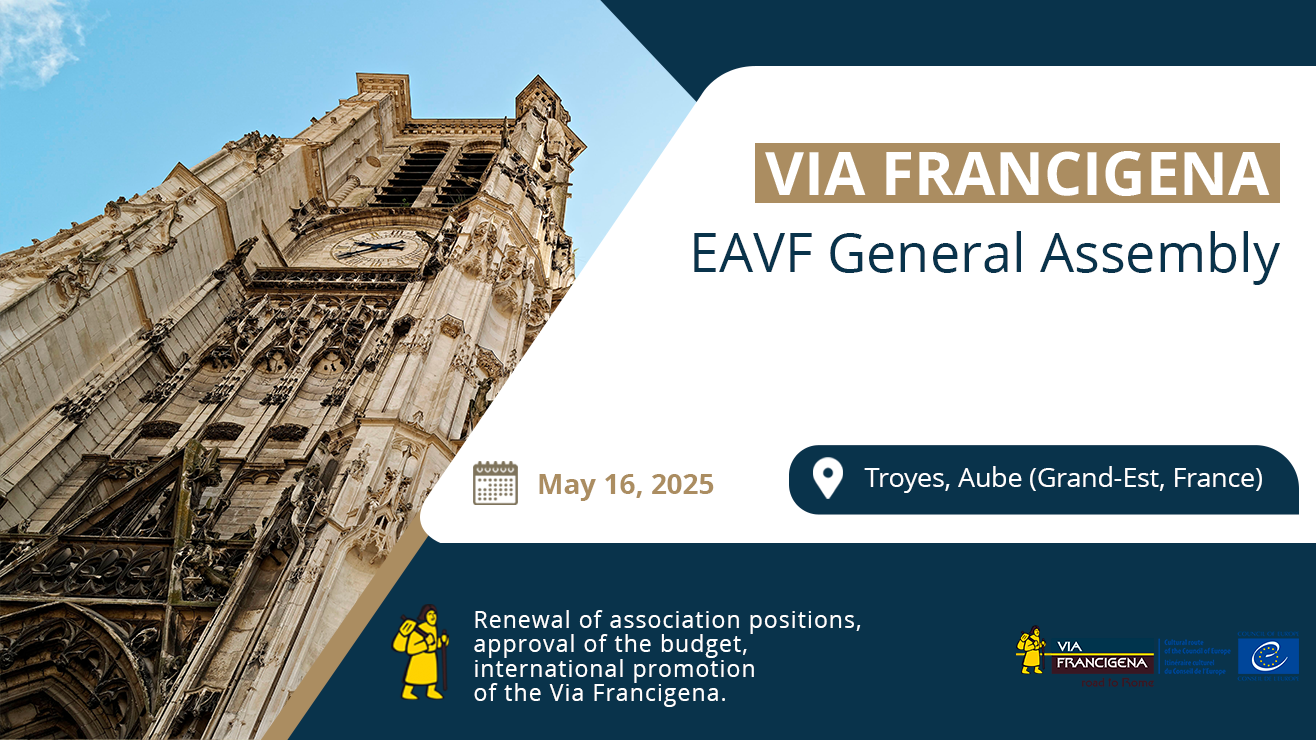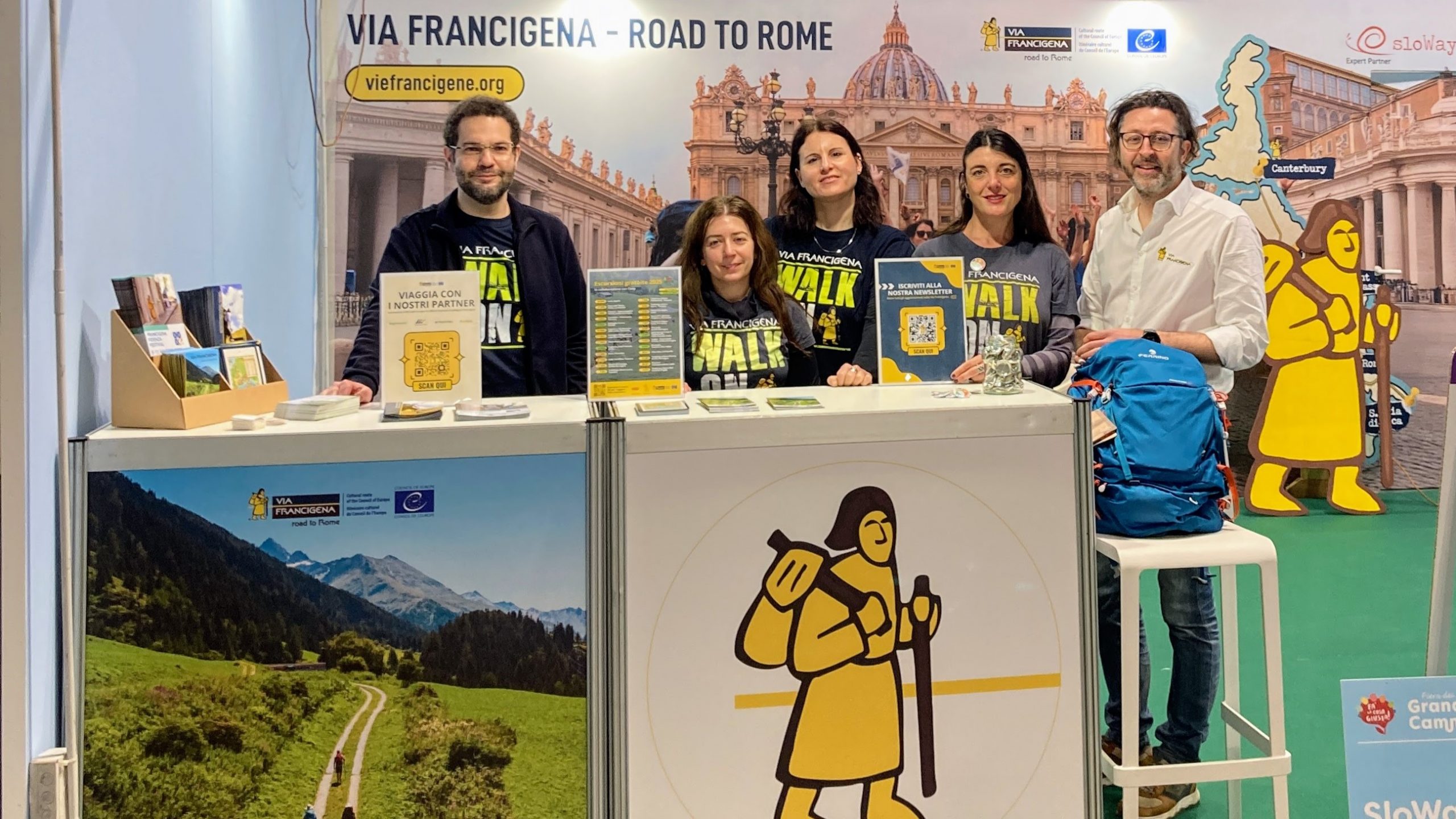On the 7th of April 2001, the association of municipalities along the Via Francigena was founded in Fidenza, initially only with Italian municipalities.
It then became, in 2005, the European Association of the Via Francigena ways. Today, we celebrate a prestigious achievement: twenty years of activity of this bottom-up association, based on voluntary participation, that brings together municipalities and regions, local associations and enthusiasts, cultural operators and various economic realms, as well as academics. Here we share our conversation with the EAVF President Massimo Tedeschi, who had the early-on intuition and long-term mindset to create an environment for this international network, which is now active and in great turmoil in all territories crossed by the route and in its surrounding areas.
1) Let’s start with the history. In 2001, you were Mayor of Fidenza. What are the reasons that pushed you, that year, on the 7th of April, to found a network of municipalities, initially in the Italian section, along the Via Francigena? Looking back at it today, was it a good decision?
A. The reason was rooted, then and today, in what I would call European pride: the pleasure of being part of a European community which, after long historic developments, represents the world’s best example of respect for human values (political democracy, civil rights, human rights, intercultural dialogue, tolerance). These values were then transferred, on the 5th of May 1949, into the Statute of the Council of Europe in London (capital, not by chance, of a country where the liberal mindset thrives). The United Kingdom left the European Union but not the Council of Europe, similarly to Switzerland, which continues to be part of it since 1963.
Back to the 7th of April 2001: I remember that when I was elected Mayor, in 1991, a few enthusiasts (very few!) in my hometown Fidenza and its province started telling me about the Via Francigena, a totally unknown subject to people at that time. Nevertheless, when the Via Francigena obtained the certification “Cultural Route of the Council of Europe” in 1994, and in anticipation of the Great Jubilee in 2000, the number of the Via Francigena pioneers increased. I was then lucky to meet the French Middle Ages historian Jacques Le Goff (1924-2014). I first met him when he visited the Cathedral of Fidenza on the 21st of May 1998, then I met him again on the 21st of October 2000 in a crowded municipal theater, to award him with the honorary citizenship of the city – one of the most remarkable moments of my mandate. Six months later, on the 7th of April 2001, with representatives of 34 Italian local public authorities (who were the first, out of 150 entities, that accepted my invitation), the association was founded. Twenty years later, I am increasingly convinced that it was an excellent idea.

2) What are the key achievements obtained by the EAVF, and what are the most important moments it has seen in these 20 years of work? Today, the EAVF’s network is composed of 193 municipalities, 70 associations, and more than 400 private stakeholders.
A. The key achievement reached in these 20 years of activity is the double-faced benefit, both cultural and economic, that the Via Francigena has produced on small communities along the 2000 km route and its surroundings: thousands of people, from all over the world, have walked along the path and through these areas. The kilometers have become 3200 in 2019, when the “Cultural Route of the Council of Europe” certification was extended to the South of Italy, from Rome to Santa Maria di Leuca. When I speak about economic benefit, I think of the impact of tens of millions of euros, given the average duration and daily expenditure per person on the route, exactly on those territories that are virtually excluded from main tourism circuits.
When I speak about cultural benefit, I think of the exchange and intangible enrichment between newly met people: people who walk and people who live along the route. They learn and speak different languages, gain confidence with each other, admire various architectural styles, taste simple but delicious foods, exchange phone numbers, and create occasions to meet again.
Four years after the foundation, in 2005, the first non-Italian municipality joined the association: the prestigious city of Canterbury, whose leader was, at the time, Harry Craig. Following, the inter-municipal district of Bas Valais joined in 2010 as a first Swiss entity, thanks to the urge of abbot Joseph Roduit (1939-2015) of Saint-Maurice. In 2016, the first French municipality joined: Bucey-les-Gy (with only 600 inhabitants, in the region of Bourgogne-Franche-Comté), thanks to the long-term thinking of Mayor Emile Ney, who still collaborates with us. I would like to point out the importance of membership in the network not only of the 193 local entities and 70 friend associations, but also of 400 small enterprises that provide hospitality and restoration services to pilgrims. This network is continuously expanding.
3) The ongoing pandemic certainly had strong impacts also on the tourist sector and on the accessibility of heritage sites. However, the Via Francigena and pilgrimage walks and outdoor activities in general are sectors that will grow in the coming years, exactly because of their rural character, their connection with nature and with sustainable development. Can this segment, connected to Cultural itineraries and pilgrimage routes, really continue to grow?
A. The pandemic brutally made us realize the enormous importance of tourism as a form of exchange and consciousness and therefore as a way of protecting heritage and developing culture and economy. The Via Francigena and the entire Cultural Routes family can greatly contribute to the post-pandemic re-launch, as they allow to safely experience nature and society, two of the elements that people are missing the most today.

4) The Camino de Santiago has been recognized Cultural Route by the Council of Europe in 1987, 7 years before the Via Francigena. Even in numerical terms, the difference between the two routes is evident. What is the Via Francigena missing to gain greater international popularity and consolidate its identity?
A. The number of walkers on the Camino de Santiago has five zeros, whereas the one on the Via Francigena has four zeros. The main difference is that the Government and the Church in Spain aimed to the development of the Camino without dissipating investments on minor distracting objectives. This way, they managed to create a ‘narrative’ that built worldwide positive reputation, using cinema and literature as divulgation channels.
A similar investment, both cultural and financial, has not been devolved to the Via Francigena (road to Rome), neither in Italy nor in other countries crossed. This is partly comprehensible. In Rome, for example, millions of pilgrims always arrived from all over the world, thus it was not easy for civil and religious authorities of the country and of the city to identify and select the few thousand pilgrims that came walking from the Via Francigena.
Nevertheless, I think that, after the pandemic is surpassed, this argument will be tackled: we must understand how to give strength to the arterial system of the “vie romee” (roads to Rome), so that, in turn, it can spread blood along the entire venous system of walking routes, without any waste. We must also find a way to reserve a ‘special’ welcome to those who arrive to Rome after walking hundreds of kilometers.
5) After 20 years, EAVF decided to celebrate its anniversary with a long walking-event from Canterbury to Santa Maria di Leuca, involving all the 657 municipalities crossed. It sounds like a great challenge, almost an anticipation of the Jubilee! How is the organization of such a large cultural initiative progressing?
A. On the 30th of March 2021 the EAVF General Assembly decided to confirm the great march “Via Francigena. Road to Rome 2021. Start again!”. Its organization is keeping us very busy but is experiencing an incredible level of enthusiasm and collaboration of internal and external parties. You are right: this march is our Jubilee. We will leave Canterbury on the 16th of June (where sanitary restrictions will only allow a symbolic ceremony developed by our English friends); on the 17th of June we will leave from Calais (France), on the 23rd of July we will be in Orbe (Switzerland) and on the 1st of August we will enter Italy from the Great St Bernard Pass. On the 10th of September we will arrive in Rome and on the 18th of October in Santa Maria di Leuca, our Finisterrae.
This march is not only a simple initiative, although quite challenging, is a deep and complex occurrence because it puts all of us on the front line, physically walking. When we arrive in Santa Maria di Leuca on the 18th of October, 4 months later, we will have changed. We will have put in practice the principles and values of the Via Francigena, which I mentioned earlier: meeting new people, learning languages and stories we did not know; exchanging ideas and experiences; hiking and biking, and many more. We will be different people when we arrive, and I am certain we will have changed for the better.

Interviewed by Luca Bruschi, EAVF Director



